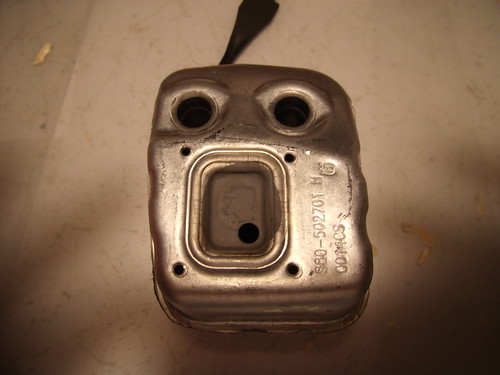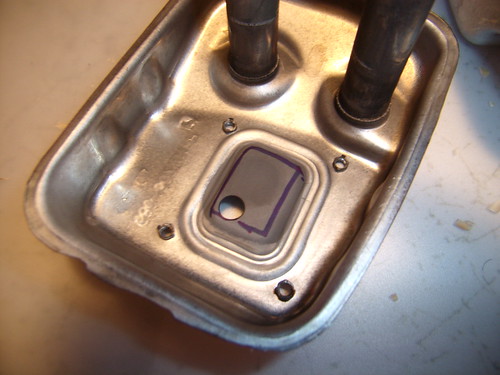ANewSawyer
Addicted to ArboristSite
On that one I used some stainless steel square drive sheet metal screws we use at work. The cover is a sheet of low grade stainless steel from the cover of an old microwave oven. The sealant is Permatex Ultra Copper. I've used Ultra black too.
Thanks for the info!
Looks like your getting good info, I'm not familiar with that model. Yes map gas is kinda the next step in torches/heat. I found it when having trouble soldering a leaking water pipe with a dibble running through which drew all the heat. A plumber friend suggested the change to map and I've used it ever since. The extra heat makes most work faster and smoother. Higher cost is offset by less gas used for the same job. Good addition to your tool box. Ken
I haven't had any experience soldering or brazing. Not that has ever stopped me before. Can you suggest a good torch to use with map gas? Most of the torches I have seen for map gas cost about $50 which isn't really a problem but that I am seeing reports of the starter/striker going out and bricking the torch.
On my 125B and 327ldx, I took a bench grinder to the outside edge of the seam, pulled it apart, cleaned up the sharp edges, opened up the outlets within the limits of the deflectors, reassembled (minus the cat), and brazed it all back together. It's not the prettiest, as I am a bit out of practice with brazing, but the mufflers on both are covered and not readily visible. Be careful when brazing or welding these mufflers as they are galvanized. The 125B has wonderful throttle response now, and restarts much easier. The 327ldx would get hot when working it hard with the edger attachment. It would not stay running unless it was at full throttle, and would not restart easily unless it cooled off for several minutes. With the cat gone, it runs flawlessly and restarts easily.
Both are much louder as well, but sound great.
Bold my emphasis: What affect does galvanization have on brazing or welding? Does it make it harder or much more dangerous? Also, I have been planning to really open the outlet on the 125B. Do you still use the stock deflector on the 125B? Thanks!
Remember all muffler mods require more fuel, open the H jet.
I knew that, what about the L screw? Thanks for the warning!
I am not familiar with the 125 but you may consider a fish gill opening. Simply cut a portion of the muffler and open it up with a screwdriver. I use a die grinder with a cutoff wheel to cut my opening, then pry it open with a flathead screwdriver. The best thing about this style of opening is that you can fine tune the backpressure by closing the fish gill back down a bit or by opening it up a little more
I could do the fish gill on my 435 but I am focusing on the 125B right now. I guess I could fish gill the 125B too. That will be a little later though. Food for thought.









